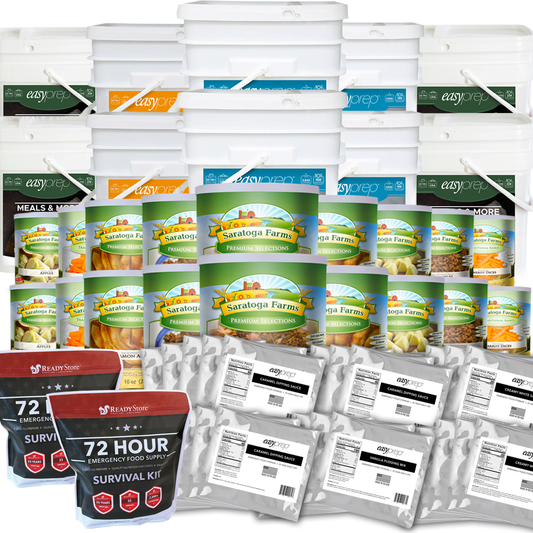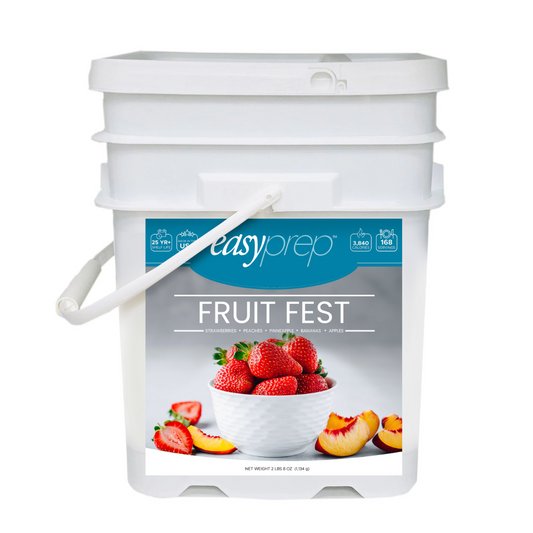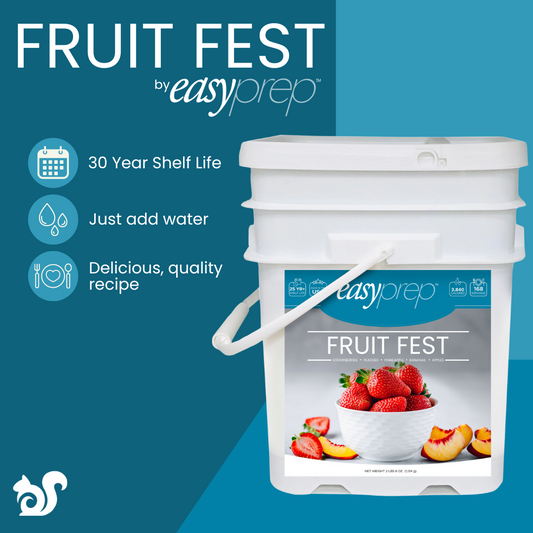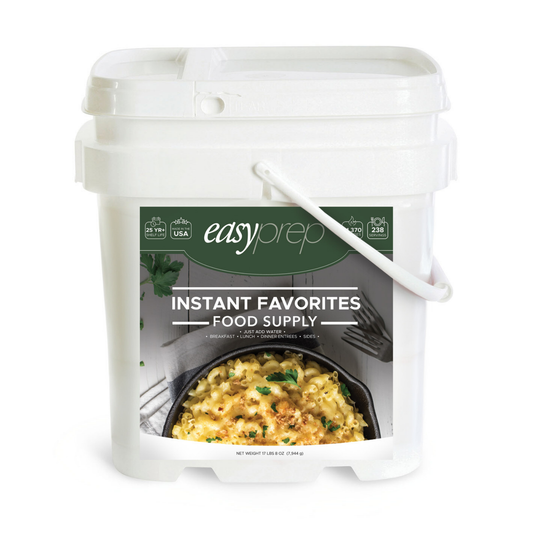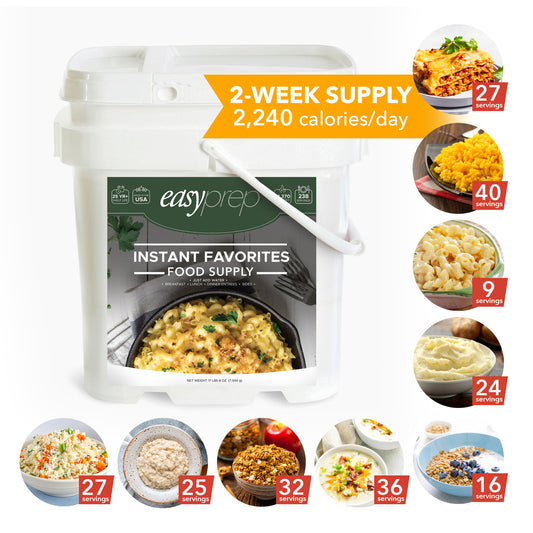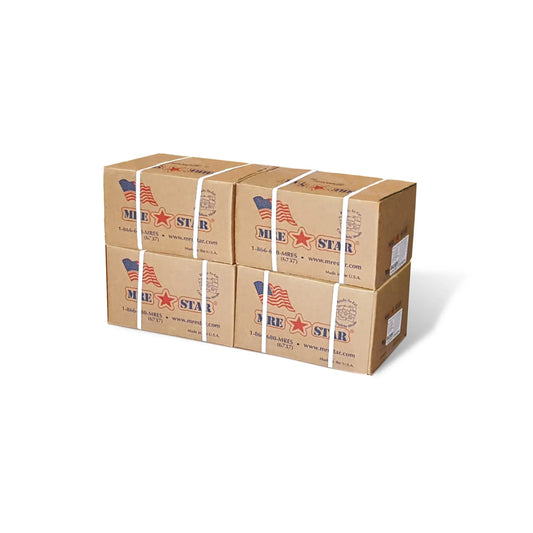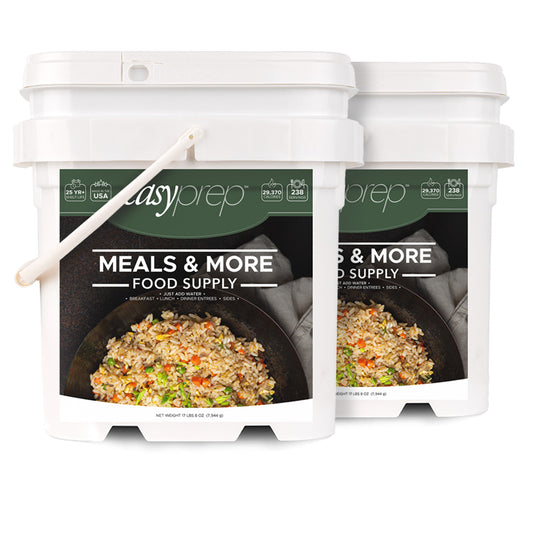Creating an Evacuation Plan
08 Jan 2020
Let's face it, an emergency can happen at any place and at any time. Our plea is to make sure that everyone in the family is prepared. We want to make sure you know what to do and how to prepare before a disaster can strike. One of the most important things that you can do is to communicate with your children/family about what to do when an emergency happens. Communication is a critical first step when it comes to planning for an emergency. Make sure each person knows each of their responsibilities and is aware of the emergency plan, which should be simple but effective. See below on what your emergency plan could look like!
CreateYourFamilyEmergencyCommunicationPlan
Everyone should know what types of disasters can happen in a community For example, preparing for a mudslide in California might not be as pertinent for someone in an area in Nebraska who is more likely to encounter a snow blizzard or a tornado. Another important step is to make sure a disaster plan is set in place so that all are aware of what to do when an emergency does strike. Here are some suggested outlines that can be followed to ensure you are taking the necessary steps to prepare for an emergency.
1. IDENTIFY HAZARDS IN THE HOME/TAKE NECESSARY SAFETY MEASURES
For example, loose shelves should be carefully fastened and oily rags or solvents need to be securely stored in metal containers. Cleaning supplies should be stored in a separate area away from small children. Places where electrical wires are live or accessible to children, should be properly maintained.
2. OBTAIN FIRST-AID SUPPLIES AND CPR SKILLS
Everyone in the family should learn basic first-aid and CPR skills. It’s important to understand what to do when someone might need to use one of these skills in an emergency. If you don't know how to perform CPR, here's a helpful link on how to do so; https://www.thereadystore.com/survival-tips/7291/how-to-perform-cpr/
3. MAKE SURE TO HAVE SUFFICIENT WATER STORAGE
No matter what type of disaster, access to a clean drinkable water supply might be restricted. The American Red Cross recommends that one person drinks about a half gallon of water everyday. People in hot environments, children, nursing mothers, and ill people will require even more. You will also need water for food preparation and hygiene. Store at least one gallon of water per person per day. Here at the Ready Store, we recommended a few items that can help you with your water storage. One of our most popular water storage containers we offer here is the 5-gallon stack-able, which makes it easy for quick and easy storage. To help prolong and preserve your water, we also recommend our water preserver, which can extend the shelf life of your water for an additional 5 years! As always, make sure to store your water in a cool, dry and dark area.
4. START NOW ON BUILDING UP YOUR FOOD SUPPLY
Every person and their situation is different so if you really need too, remember the rule of 3’s in desperate times needing to survive; three minutes without oxygen, three days without water, three weeks without food. It's never too late to get started on preparing and building up your food storage. Freeze dried and dehydrated are great foods that you can add to your food storage as they require no refrigeration and have a shelf life up to 30 years. We recommend storing your daily dose of nutrients which include your vegetables, dairy, proteins, fruits and grains. The American Red Cross suggests that each person in the family has at least a 2 weeks food supply stored in a cool dark location.
5. EMERGENCY SUPPLIES
Not only is storing food and water important for preparing for an emergency, but having emergency tools and supplies is crucial. The U.S. Department of Homeland Security recommends that families should put together two kits; one should be used for emergencies in which people normally need to stay where they are, such as a major power outage affecting the entire community. The other kit should be a lighter, smaller and easily transportable version of the stay-at-home kit, for evacuation situations, such as hurricanes. Here are some of the basic necessities when it comes to emergency supplies and all of them you can purchase here at the Ready Store; first-aid kit, 4 lb wool blanket, hand warmers, kaito radio/flashlight with cell phone charger, waterproof matches, etc. These are just some of the things that can be included in your emergency supply kit. Each of them can be adjusted to the needs of your family. Be sure to check expiration dates and follow the practice of "first-in, first-out". Here are some of the items that should be included in a two week food supply;
- About 20 pounds of rice, 20 cans of canned meat, 20 cans of vegetables, 20 cans of vegetables, 5 pounds of oatmeal, 20 pounds of beans/legumes, 20 pounds of pasta, non-perishable pasteurized milk and peanut butter. Some examples of high energy foods include eggs, apples, bananas, strawberries, nuts. It is recommended that each person have about 30 gallons of water for drinking, cleaning and cooking for one month.
-
ARRANGE YOUR EVACUATION AHEAD OF TIME & ESTABLISH A DISASTER MEETING PLACE AND KNOW FAMILY CONTACTS
- Identify where you can go in the event of an evacuation. Try to have more than one option: the home of a friend or family member in another town, a hotel or a shelter. Keep the phone numbers and addresses of these locations handy. It is important to have at least two meeting places established so all is aware of where to go when one does happen.
- Pre-arrange a designated place to meet in case your family members are separated before or during the evacuation. Make the location specific, for example, "meet at the big clock in the middle of town square" not "meet at the town square". Ask an out-of-town friend or family member to act as a contact person for your family. If not all members in the family are present in the home when an emergency happens, somewhere like a grocery store or restaurant can be used. In addition, every family member should know the family’s emergency contact by heart.
- Map out your primary routes and backup routes to your evacuation destinations in case roads are blocked or impassable. Try to have a physical map of the area available in case GPS satellite transmissions are down or your devices run out of power.
- Put all evacuation plans in writing along with pertinent addresses and phone numbers and give them to each member of the family. NOTE THAT MANY HOME PRINTER INKS ARE NOT WATERPROOF, SO TAKE APPROPRIATE PRECAUTIONS TO ENSURE LEGIBILITY.
- Listen to the National Oceanic and Atmospheric Administration (NOAA) Weather Radio or local radio or TV stations for evacuation instructions. If advised to evacuate, do so immediately.
- PLAN WHAT TO TAKE
- Prescriptions and other medicines
- First aid kit
- Bottled water
- Flashlight, battery-powered radio and extra batteries
- Clothing and bedding (sleeping bags, pillows)
- Special equipment for infants or elderly or disabled family members
- "Comfort items," such as special toys for children
- Computer hard drive and laptop
- Cherished photographs
- Pet food and other items for pets; litter boxes, leashes
- CREATE A HOME INVENTORY
- Help ensure that you have purchased enough insurance to replace your personal possessions.
- Speed the insurance claims process, if necessary.
- Substantiate any losses for income tax purposes.
- GATHER IMPORTANT DOCUMENTS
- Prescriptions
- Birth and marriage certificates
- Passports
- Driver's license or personal identification
- Social Security cards
- Insurance policies — homeowners, auto, life and any others
- Recent tax returns
- Employment information
- Wills and deeds
- Stocks, bonds and other negotiable certificates
- Financial information such as bank, savings and retirement account numbers and recent tax returns
- Home inventory


